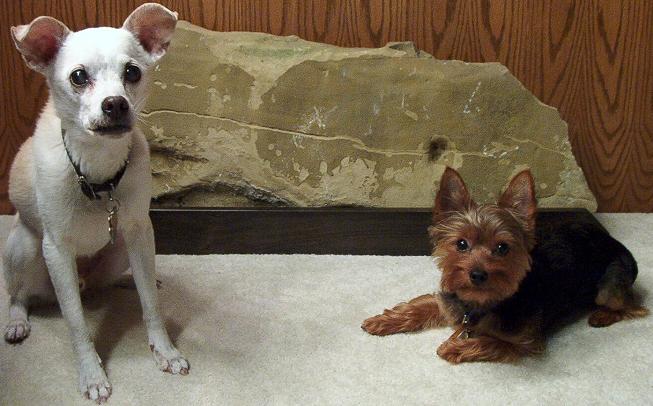Web Pages are viewed by executing a program called a 'Browser'. Examples of Browsers are Internet Explorer and Netscape. These Browsers read and interpret HyperText Markup Language (HTML) code (i.e. instructions, commands) and other types of code contained in text files.
It is assumed that you know how to create plain text files using Notepad or a similar computer program. You should already have the Internet Explorer Browser on your computer.
Your Very First Web Page |
|
Let's go directly to creating your very first Web Page.
When we first learn a new computer language, we usually do so by first writing a program that simply
displays 'Hello World!'. That is what we will do here as well.
To begin, create a text file and enter the following HTML code:
<html> Save the file as, for example, MyWebPage.htm. Now that you have the HTML file created on your computer, you can view it using your Internet Explorer Browser. Simply execute Internet Explorer on your computer and click on 'File' and then 'Open' and enter, or Browse for, the name of the HTML file you just created. If Internet Explorer displays Hello World!, you have successfully created a Web Page on your computer. To permit the whole world to access and view your Web Page, the HTML file must be copied to the computer (i.e. server) of your Internet Service Provider (ISP). Examples of ISPs are America Online (AOL), Safe-T-Net, and Road Runner. |
Copying Files To ISP Computer |
|
Files on your computer are copied to your ISP server (i.e. computer) by executing a program
that transfers files using the File Transfer Protocol (FTP).
NOTE: AOL No longer supports Internet Web Pages. The browser supplied with AOL permits users to transfer files to the AOL server. For all of you AOL users out there, let's transfer the HTML file created above to the AOL server. This is done by performing the following steps:
. Click on 'Keyword', click on 'Go to Keyword' and then enter FTP
Now the whole world should be able to access your Web Page at the following Internet
address:
Where: USERNAME is your AOL user name (e.g. TDBConsulting) Be sure to enter the file name EXACTLY as named because some programs are case sensitive. |
Elements On A Web Page |
|
Let's discuss the various elements you may find on a Web Page.
ANIMATIONS: I am an example of a GIF Animation. I can smile and wink at the visitors.
BACKGROUNDS: The backgrounds you see are examples of background files in use.
MUSIC: The piano music you hear playing is an example of MIDI music.
You can click on the control bar below to stop, start, and change the volume of the music.
EMAIL: This is an example of an email address:
TDBConsulting@aol.com
WEB SITES: This is an example of an Internet Web Site address:
http://www.TDBConsulting.org
WEB PAGES: This is an example of an Internet Web Page address:
http://www.TDBConsulting.org/FirstBug.htm
VIEW SOURCE CODE: You may right-click on this page and then click on 'View Source' to see an example of HTML
(and JavaScript) source code.
PHOTOS: The photograph below is an example of a 640 pixel wide photo.
This particular photo has 150x150 Dots (pixels) Per Inch (DPI).
Those are my friends Goliath and Spencer in the photo.
 COUNTERS: Below is a Counter. It indicates the number of visitors that have visited the Web Site.

|
|